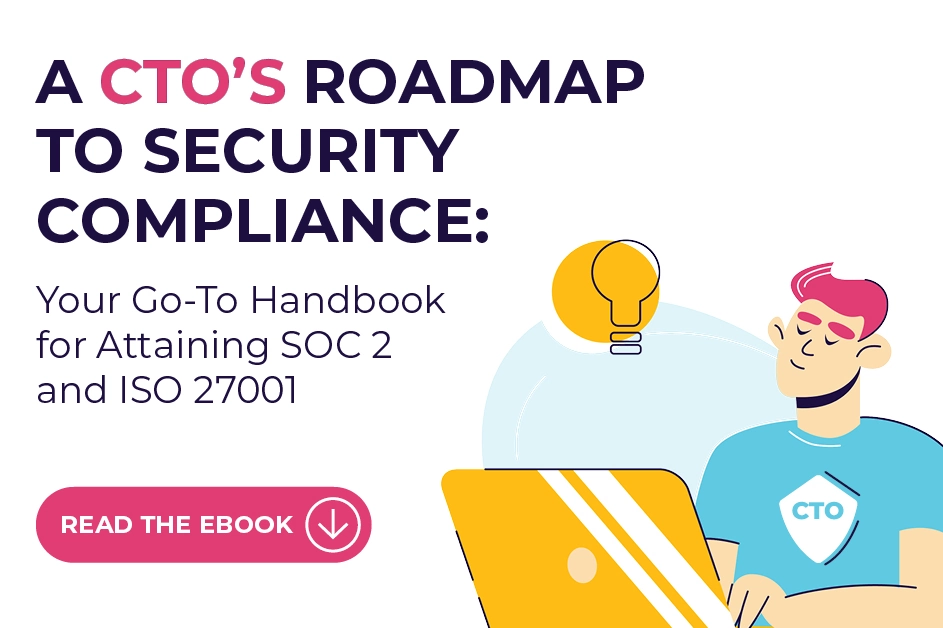Here are the top 5 mistakes organizations make during ISO 27001 implementation and how to steer clear of them.
ISO 27004 Standard
The ISO 27004 standard, also known as ISO/IEC 27004: Information technology — Security techniques — Information security management — Monitoring, measurement, analysis and evaluation, is a crucial component within the broader landscape of information security management. It serves as a comprehensive guide for organizations seeking to assess and improve the performance and effectiveness of their Information Security Management System (ISMS).
In essence, an ISMS is a structured framework designed to safeguard sensitive company information from various threats and vulnerabilities, ensuring its confidentiality, integrity, and availability. Organizations often embark on the journey of implementing an ISMS guided by ISO 27001, which outlines the requirements and guidelines for establishing, implementing, maintaining, and continually enhancing an ISMS. However, once an ISMS is in place, there arises a fundamental question: Is it achieving the intended goals and providing the level of security it was designed to deliver? This is where ISO 27004 steps in.
ISO 27004 addresses this critical aspect by offering a set of guidelines, recommendations, methodologies, and best practices for measuring and evaluating the performance of an ISMS. It enables organizations to answer vital questions such as:
- Incident Rates: How frequently are information security breaches or incidents occurring within the organization? A consistent decline in incident rates indicates that the implemented safeguards and security controls are effective in mitigating risks and protecting sensitive data.
- Vulnerability Detection: Is the organization successfully identifying and remedying system vulnerabilities before they can be exploited by malicious actors? Robust ISMS performance is reflected in proactive vulnerability scanning and timely patching processes.
- User Awareness: Are employees adhering to sound security practices, such as using strong passwords, practicing secure web browsing, and following established information handling procedures? Metrics related to user awareness, which can include surveys and training completion rates, offer insights into the human element of information security.
- Compliance with Policies: Are the defined controls, documented procedures, and security policies consistently applied across the organization? Regular audits and management reviews serve as mechanisms for verifying compliance and adherence to security protocols.
By systematically monitoring these key areas over time, organizations gain valuable insights that allow for continuous improvement of their ISMS. ISO 27004 essentially provides a roadmap for transforming raw data into actionable intelligence, enabling organizations to fine-tune their security strategies and ensure the protection of sensitive information.
ISO 27004, in essence, serves as the guiding compass on this relentless journey towards fortified information security. It bestows upon organizations a structured methodology, like a well-annotated map through uncharted terrain, transforming raw data into pearls of actionable intelligence. It’s akin to turning scattered puzzle pieces into a coherent image, revealing vulnerabilities, and highlighting areas where protection is paramount.
By implementing ISO 27004, organizations are not merely ensuring the protection of sensitive information; they are fortifying their digital fortresses, strengthening their cyber bulwarks, and elevating their security posture to withstand the relentless onslaught of cyber threats.
While it may seem complex, breaking it down into digestible parts makes achieving compliance within your reach. Start with determining key metrics based on your organization’s risks and objectives. Then establish a baseline, set targets, monitor progress, and make adjustments as needed. With the right approach, ISO 27004 can be a valuable framework for strengthening your cybersecurity posture in a systematic way.












